Evaluation + Analysis
Overall, I think this zine is a good representation of the work i produced for this project and gives insight into the industrialisation of Jersey. It emphasises the mechanical shapes and structures from a different perspective that people might not see in their everyday lives. Some of the images I displayed across a double page spread as i thought they were most effective as they didn’t need other images to back them up to get the concept across. The front and back cover of the zine is one landscape image of piping and metal structures, indicating to the audience the concept of the images they will find in the zine without opening it. I thought this image worked best as the front and back as the right side of the image (front) had piping on the bottem half of the image and metal on the top giving room for the title of the zine ‘Industrial’. The left side of the image (back) is more chaotic and unstructured with the piping going in every direction, perhaps representing the disordered buildings and structures in Jersey. The font I used for the front and back cover was *** in white so you could clearly see it against the metal piping. I tried to display the images inside the zine so that the more detailed double page images were separated with multiple or less detailed images. The first two double page spreads are detailed images, the first being a over view of an area in St Helier trapped within repetitive black fencing. This is then followed by the second image of two metal structures, linking to the first image through the cooler tones and the dull, desolate appearance of the two images. I like the composition of the second image which is why it works well in a double spread spread as the metal staircase on the right frames that side of the image and contrasts the simplistic left side. These images are followed by multiple images on the third double spread. The left side displays two images of structured buildings which is contrasted with the full page portrait image on the right. I displayed all these image together all they all link with each other through the red sections. I thought I put this double page here as it’s a huge contrast from the cooler tones on the first two pages and breaks up full page images. The fourth double page in a full landscpae image of metal piping linking to the front and back cover of the image which is why I placed it in the middle pages of the zine. I gave this image a full page as it’s very detailed and contains many different tones where a smaller display wouldn’t give it justice. This is followed by the fifth double page image of a grey building with black electrical wires going up the side linking to the piping on the page before and the grey tones. I like this image as it shows a different perspective of industrial structure that people may not normally see through the upwards angle and emphasises the dullness through the grey undertones juxtaposed with the bright white background. The next double page shows multiple image I photographed around a building site representing the continuous redevelopment of new infrastructure around Jersey. This page breaks up the more detailed images and is contrasted form the page before with the brighter colours like blue and yellow. I included my interpretation of Luke Fowler’s two-frame photography showing an up close, detailed image. These images all link together through the portrayal of cranes on the building sites and fencing, each image giving a different perspective. The final double page image of my zine of one of a tower block of flat . The composition of this image gave me room the add text to the negative space about my project and why I chose this concept. I chose this as my final photo as it’s a stand out image and different to the rest of the images in the zine. The others are all linked through the use of cooler grey tones or though an aspect shown in the image, whereas the final image stands out through the composition and the brown tones contrasted with the white sky.
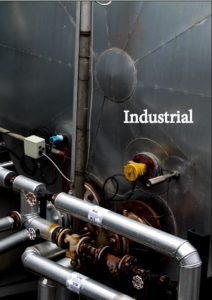


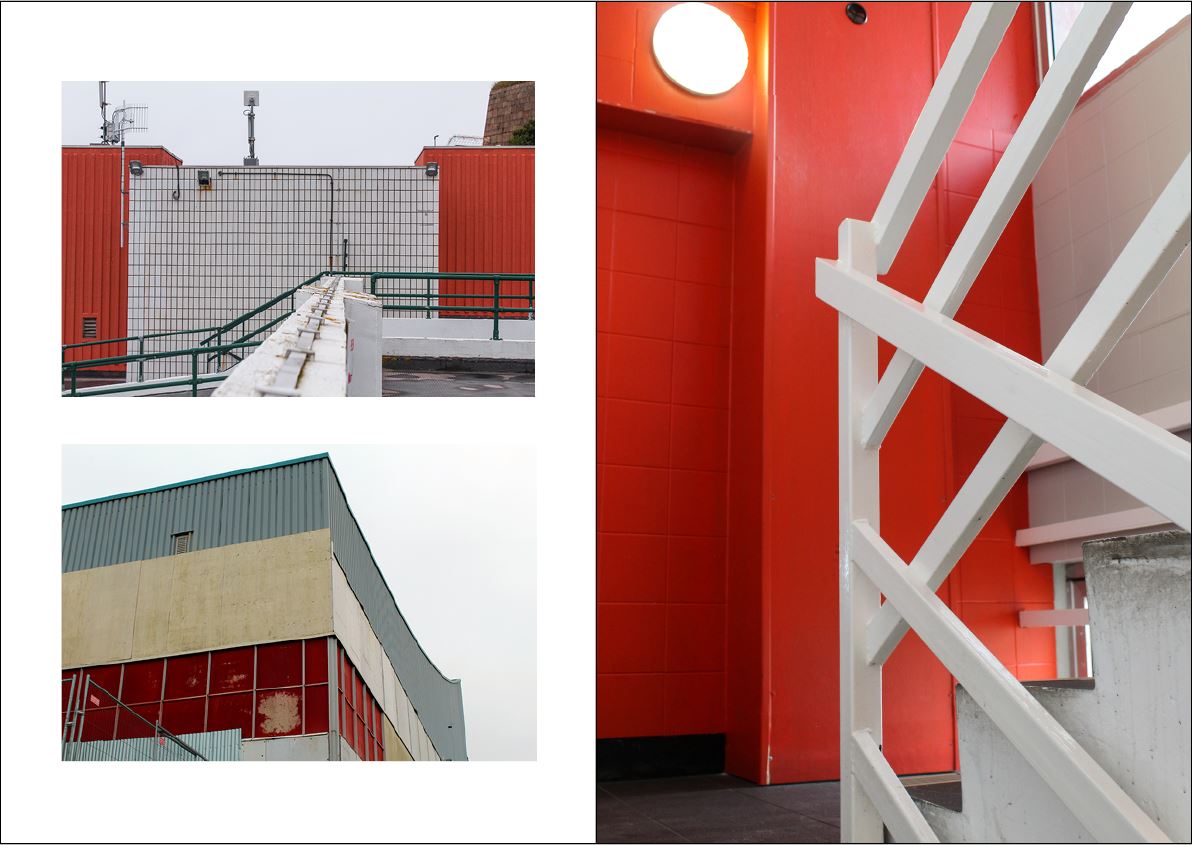
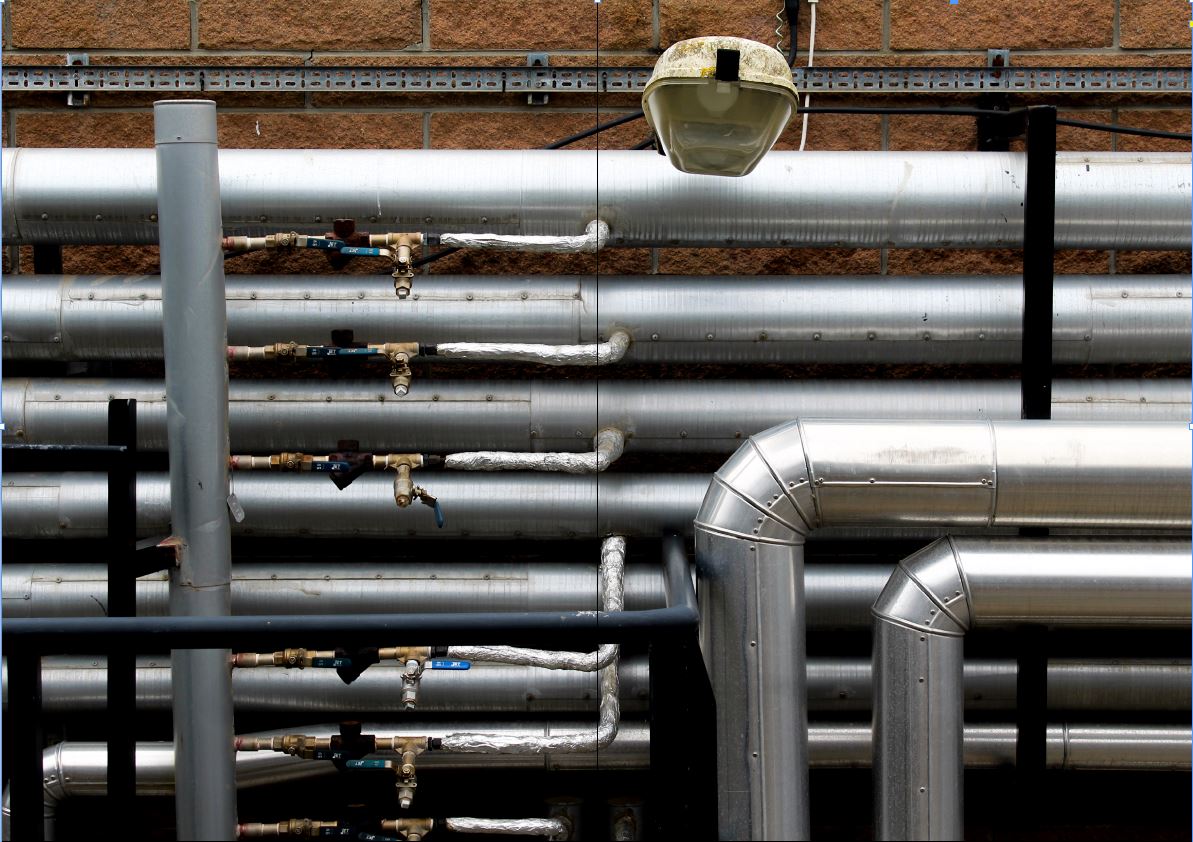
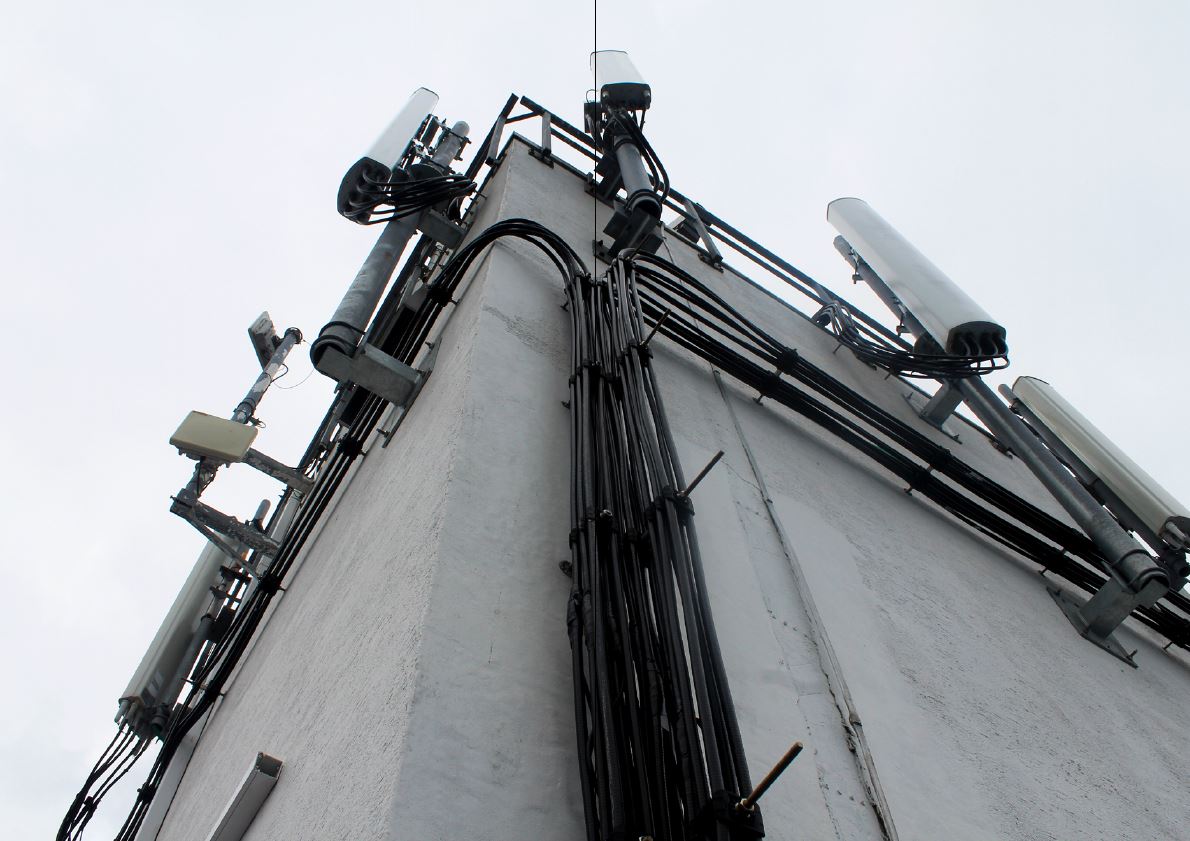
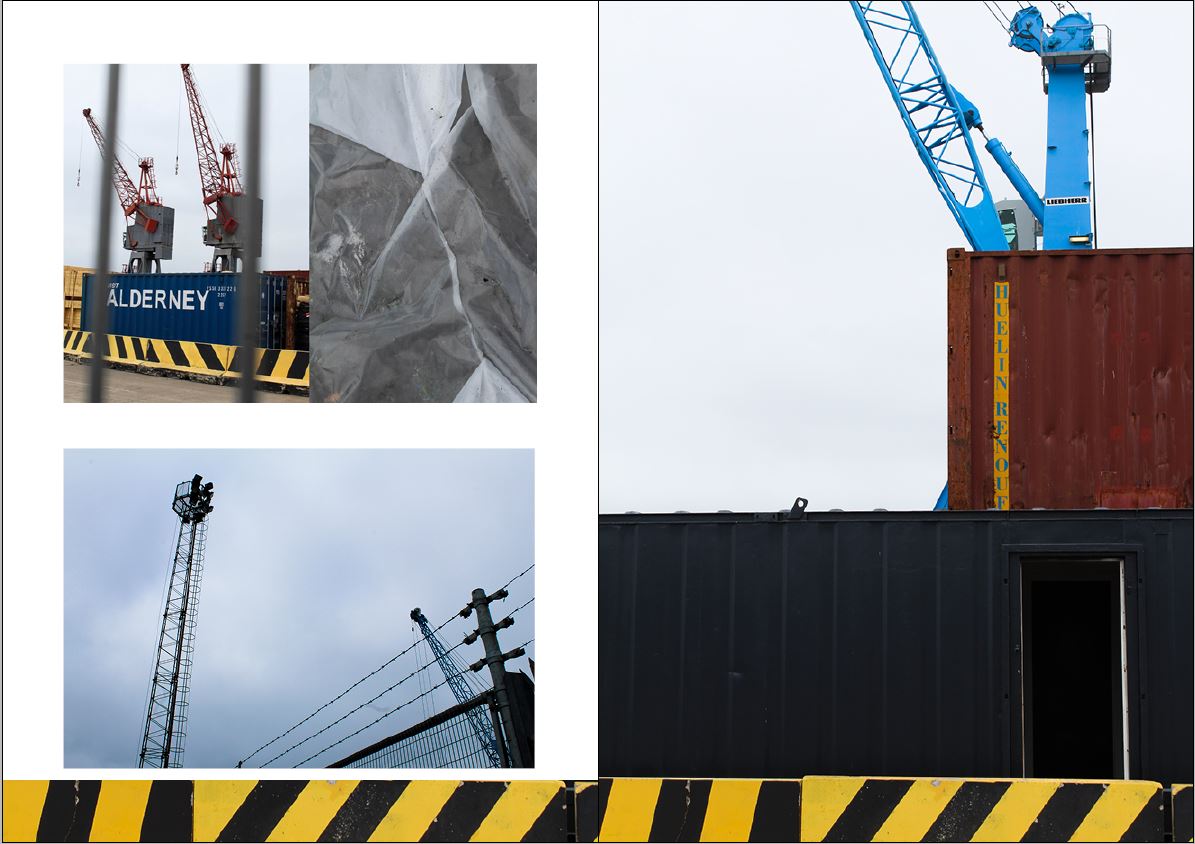

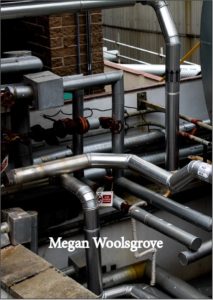

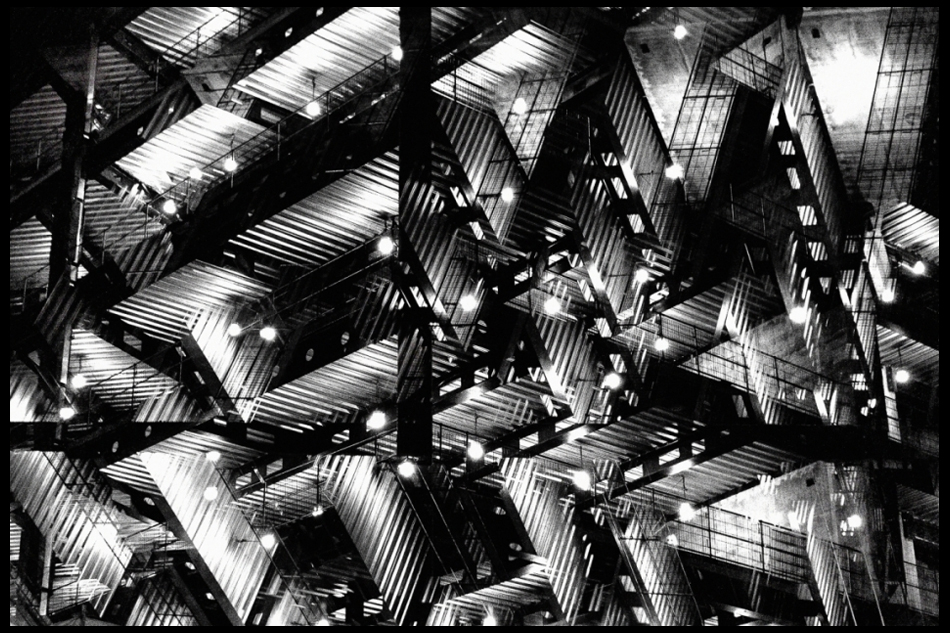 repeated limited exposure to produce a single blended image of the chronically sick during that time period. However the further into the exhibition I looked the more political the message seemed, an example of this was the board installed filled with various people’s opinions on the financial sector of Jersey. Here by gathering opinions together to form an overall insight into societies perspective of finance it produced an un-bias result, this was because the cards originated from a huge variety of sources such as: schools, finance and retail sectors, and so allowed for feedback into how they viewed Jersey should head towards. Once again inspired by another photographer, called EJ Major, Bush sent out cards of his own in response to hers which had the written question “Love is…” on them, a direct influence for Bush whose own cards had written “Finance is…” on the front of them to engage the audience.
In addition to this photographer Clare Rae, whose work I studied in the recent Entre Nous exhibition, looked towards the female figure and the landscape around her as a form of putting across her political views of Jersey. Her form of photography described as “regaining subjectivity and controlling representation” can be linked to how the female figure was criticized regarding gender essentialism, and so the idea of a hidden female face in each image was meant to reflect this specific ideology rather than deflect it. This can be seen as directly confronting the political aspect of her surrounding environment, where her body takes up the form and representation of her “precarious relation to these environments and their narrativity“, compelling the idea of how the subjects gaze upon the image could be interpreted and the idea that could be associated to it. Causing topic for debate regarding “subject of the gaze and the
repeated limited exposure to produce a single blended image of the chronically sick during that time period. However the further into the exhibition I looked the more political the message seemed, an example of this was the board installed filled with various people’s opinions on the financial sector of Jersey. Here by gathering opinions together to form an overall insight into societies perspective of finance it produced an un-bias result, this was because the cards originated from a huge variety of sources such as: schools, finance and retail sectors, and so allowed for feedback into how they viewed Jersey should head towards. Once again inspired by another photographer, called EJ Major, Bush sent out cards of his own in response to hers which had the written question “Love is…” on them, a direct influence for Bush whose own cards had written “Finance is…” on the front of them to engage the audience.
In addition to this photographer Clare Rae, whose work I studied in the recent Entre Nous exhibition, looked towards the female figure and the landscape around her as a form of putting across her political views of Jersey. Her form of photography described as “regaining subjectivity and controlling representation” can be linked to how the female figure was criticized regarding gender essentialism, and so the idea of a hidden female face in each image was meant to reflect this specific ideology rather than deflect it. This can be seen as directly confronting the political aspect of her surrounding environment, where her body takes up the form and representation of her “precarious relation to these environments and their narrativity“, compelling the idea of how the subjects gaze upon the image could be interpreted and the idea that could be associated to it. Causing topic for debate regarding “subject of the gaze and the 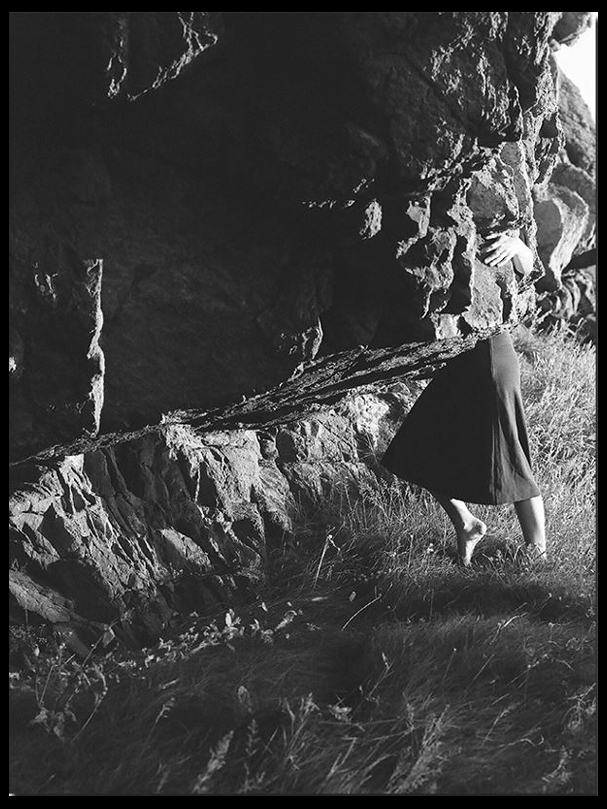 object of it” from how her uncertainty over
issues considering photographic significance and the political stance surrounding it, caused her to turn the camera upon herself and become the subject of the shoot, due to it being her standing point upon the matter. Much of Rae’s working seems to be the focus of the male gaze and the idea of subverting it through the use of female nature (seen here as passive) and male nature (seen here as dominant), challenging this perspective by how she wishes to present the female nature as closer to the environment surrounding them, but instead has been ‘dismantled’ by society as it’s progressed through the ages due to post-structuralist scrutiny.
However when contrasting works of both Bush and Rae it can be argued that their political stances are completely different to each others arguing voices. This is due to how I believe that Rae chooses to create her focal point around one particular topic, subversion of the female figure, therefore constricting her opinion to only one or two political perspectives as you can either agree or disagree. Bush on the other hand chooses the wider perspective regarding the entirety of Jersey’s society, instead looking at how the congregated opinions of citizens could come together to form an overall input into the development of Jersey as a whole. Both these standing points clash and compliment each other from how yes, both restrict and broaden their political opinion base completely, but how both look at attempting to sway the perspective and judgment of the viewers towards not what they believe but rather what each individual thinks when they view the work. Each photographer indicates the ever-developing change that has progressed in Jersey’s society, with certain beliefs and viewpoints changing as Jersey did, with some standing put against this advancement rather than join it
In conclusion it’s I believe that both photographer’s work can be classed as political through the implicit and explicit messages that most of their photos hold. Though both focus their works on different sectors of Jersey’s history, looking at individuals or entire areas, both conclude the needed or controversial change that has occurred and the distinct voices that many embrace regarding the future of not just St. Helier but the whole of Jersey and the path being headed towards. This as a result becomes a hugely political debate as both photographers do not look just at their opinions but rather those who they see as being effected by the change that should or has occurred.
object of it” from how her uncertainty over
issues considering photographic significance and the political stance surrounding it, caused her to turn the camera upon herself and become the subject of the shoot, due to it being her standing point upon the matter. Much of Rae’s working seems to be the focus of the male gaze and the idea of subverting it through the use of female nature (seen here as passive) and male nature (seen here as dominant), challenging this perspective by how she wishes to present the female nature as closer to the environment surrounding them, but instead has been ‘dismantled’ by society as it’s progressed through the ages due to post-structuralist scrutiny.
However when contrasting works of both Bush and Rae it can be argued that their political stances are completely different to each others arguing voices. This is due to how I believe that Rae chooses to create her focal point around one particular topic, subversion of the female figure, therefore constricting her opinion to only one or two political perspectives as you can either agree or disagree. Bush on the other hand chooses the wider perspective regarding the entirety of Jersey’s society, instead looking at how the congregated opinions of citizens could come together to form an overall input into the development of Jersey as a whole. Both these standing points clash and compliment each other from how yes, both restrict and broaden their political opinion base completely, but how both look at attempting to sway the perspective and judgment of the viewers towards not what they believe but rather what each individual thinks when they view the work. Each photographer indicates the ever-developing change that has progressed in Jersey’s society, with certain beliefs and viewpoints changing as Jersey did, with some standing put against this advancement rather than join it
In conclusion it’s I believe that both photographer’s work can be classed as political through the implicit and explicit messages that most of their photos hold. Though both focus their works on different sectors of Jersey’s history, looking at individuals or entire areas, both conclude the needed or controversial change that has occurred and the distinct voices that many embrace regarding the future of not just St. Helier but the whole of Jersey and the path being headed towards. This as a result becomes a hugely political debate as both photographers do not look just at their opinions but rather those who they see as being effected by the change that should or has occurred.

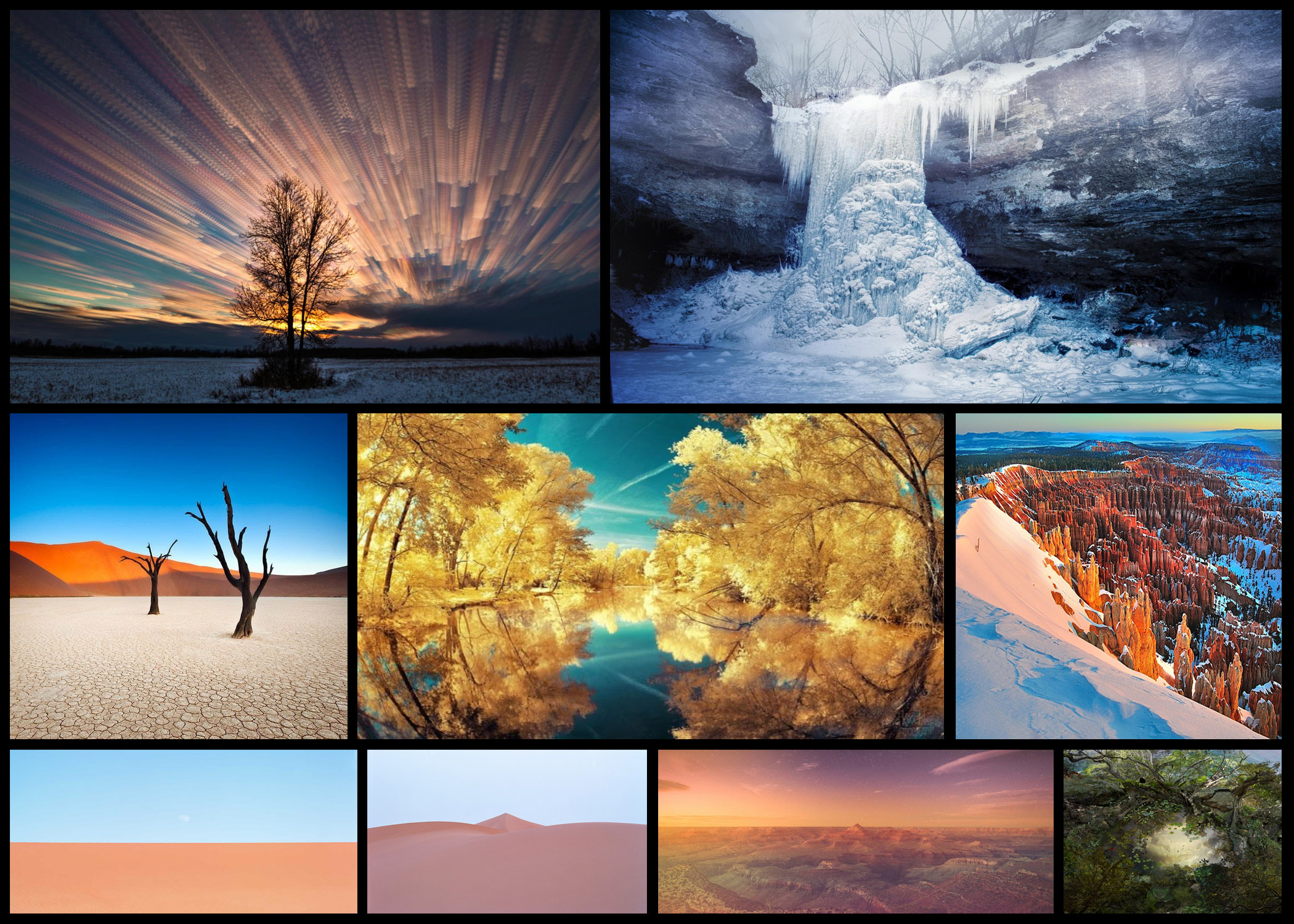 When creating my own manifesto regarding political landscape I intend to use consumerism as the basis for my work. However I would like to possibly incorporate surrealism into my work along the way, using enhancement to create dream like landscapes which don’t really reflect the true nature of that area. To do this I would be using software such as Photoshop and Lightroom to create the products desired, as they provide me with the necessary tools required. I want my manifesto to be creative, looking at varying sides of consumerism not just one aspect, allowing for diversity in my work produced. I would love to use colour and vibrancy as one of my leading aspects in the manifesto as it would provide the audience with aesthetic and appealing imagery that had a deeper meaning under the surreal appearance.
When creating my own manifesto regarding political landscape I intend to use consumerism as the basis for my work. However I would like to possibly incorporate surrealism into my work along the way, using enhancement to create dream like landscapes which don’t really reflect the true nature of that area. To do this I would be using software such as Photoshop and Lightroom to create the products desired, as they provide me with the necessary tools required. I want my manifesto to be creative, looking at varying sides of consumerism not just one aspect, allowing for diversity in my work produced. I would love to use colour and vibrancy as one of my leading aspects in the manifesto as it would provide the audience with aesthetic and appealing imagery that had a deeper meaning under the surreal appearance.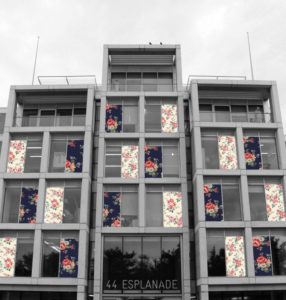
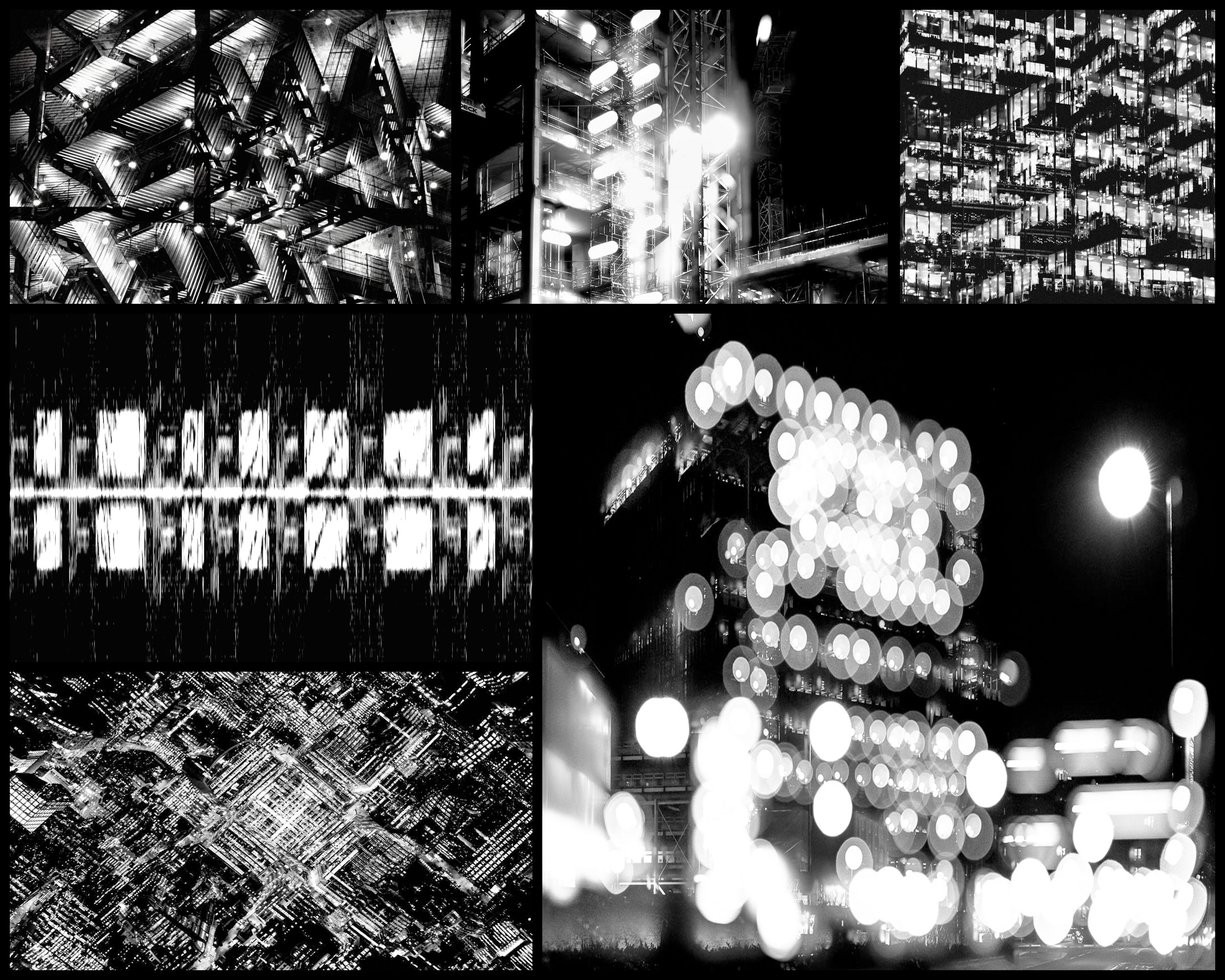 To produce the outcomes desired I would have to make a shoot response and use software such as Photoshop to overlap imagery to create a maze like formation of the financial sector. Firstly I would have to spend some time around the finance area photographing the structure and symmetry present throughout the design of the building. These are my response photos to Lewis Bush’s work:
To produce the outcomes desired I would have to make a shoot response and use software such as Photoshop to overlap imagery to create a maze like formation of the financial sector. Firstly I would have to spend some time around the finance area photographing the structure and symmetry present throughout the design of the building. These are my response photos to Lewis Bush’s work: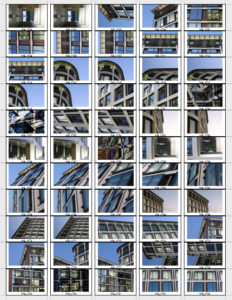
 Once done with the shoot I moved onto Photoshop to overlap the images that I wanted to see merged together. I chose to use Photoshop because of the variety of tools it provided me with that could capture and produce the outcome desired. This is my process of coming out with my final designs:
Once done with the shoot I moved onto Photoshop to overlap the images that I wanted to see merged together. I chose to use Photoshop because of the variety of tools it provided me with that could capture and produce the outcome desired. This is my process of coming out with my final designs: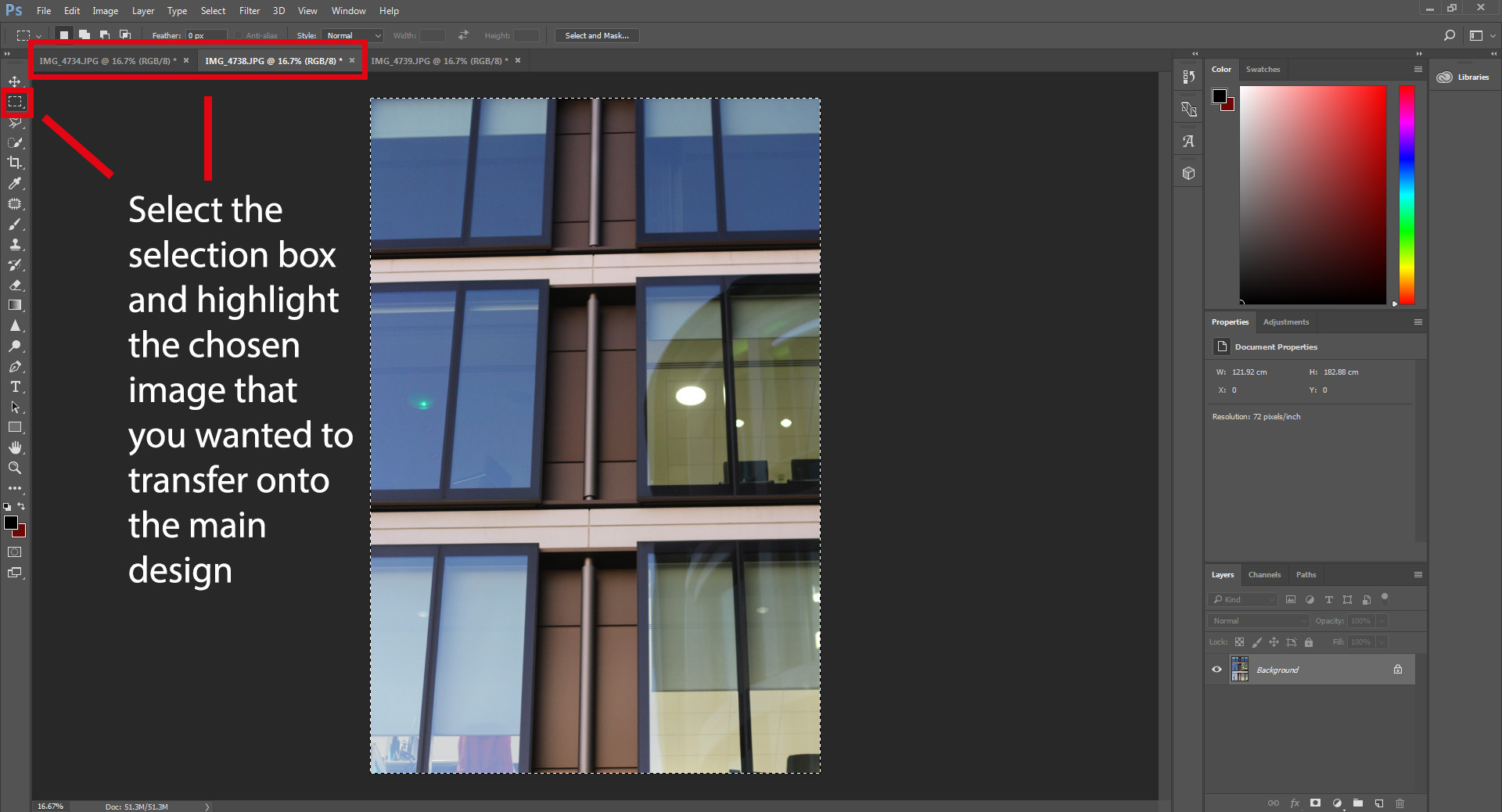
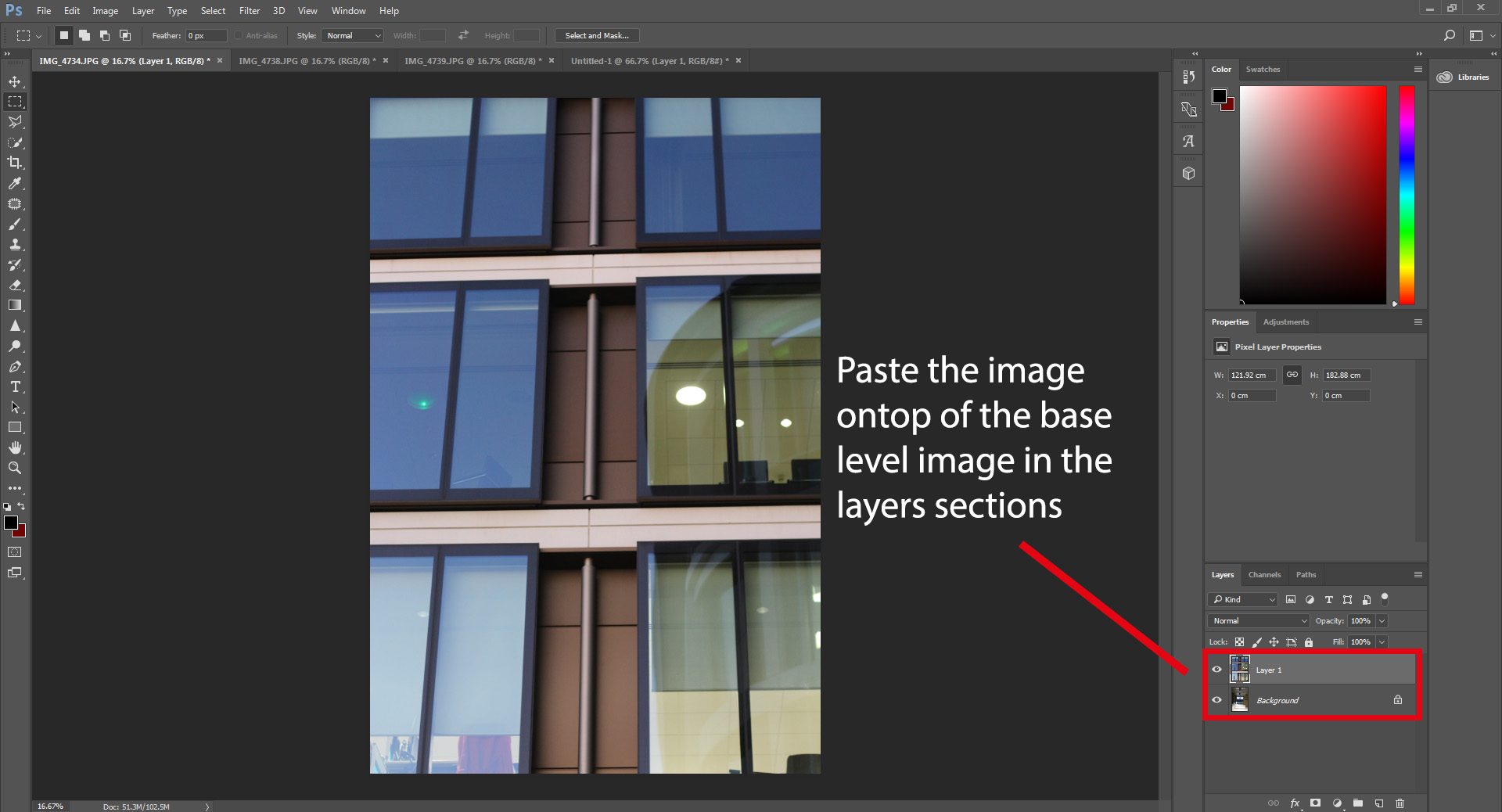
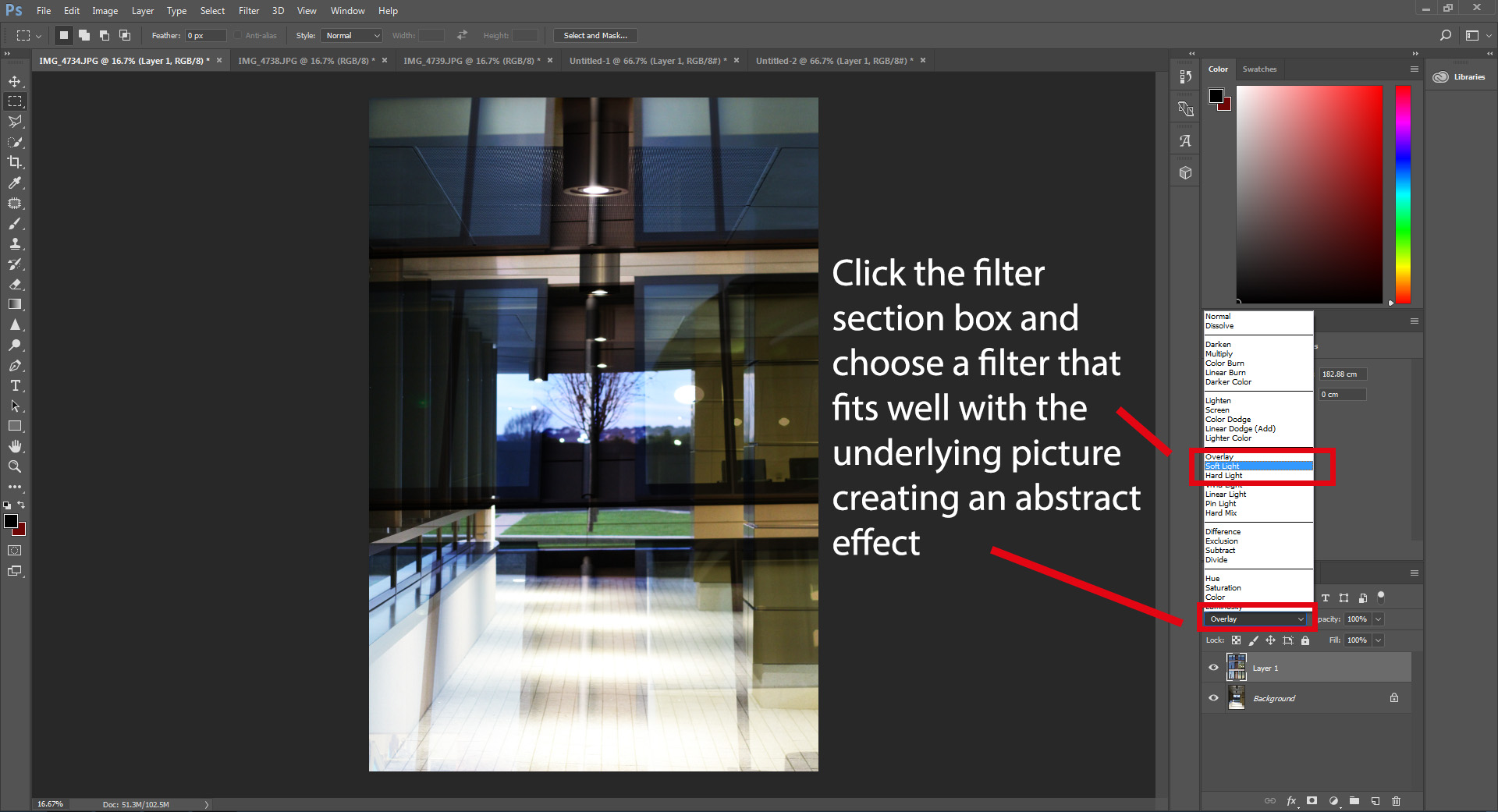
 After I had finished experimenting with my images I decided on five of the pictures that I thought had best represented the response shoot regarding Lewis Bush’s style of work. These are my five favorite pieces:
After I had finished experimenting with my images I decided on five of the pictures that I thought had best represented the response shoot regarding Lewis Bush’s style of work. These are my five favorite pieces: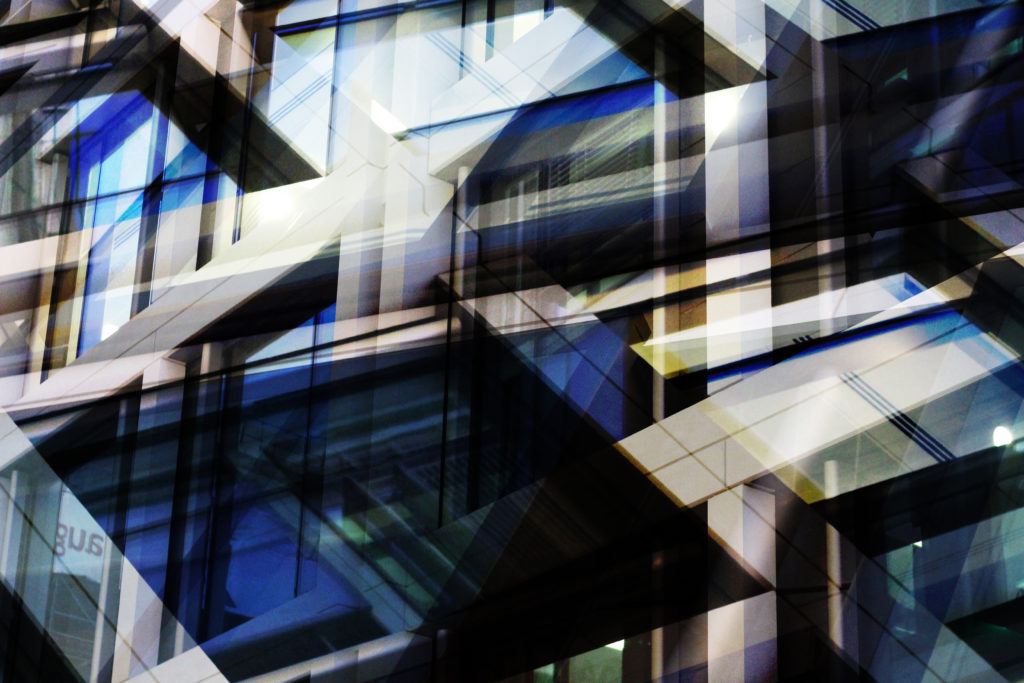
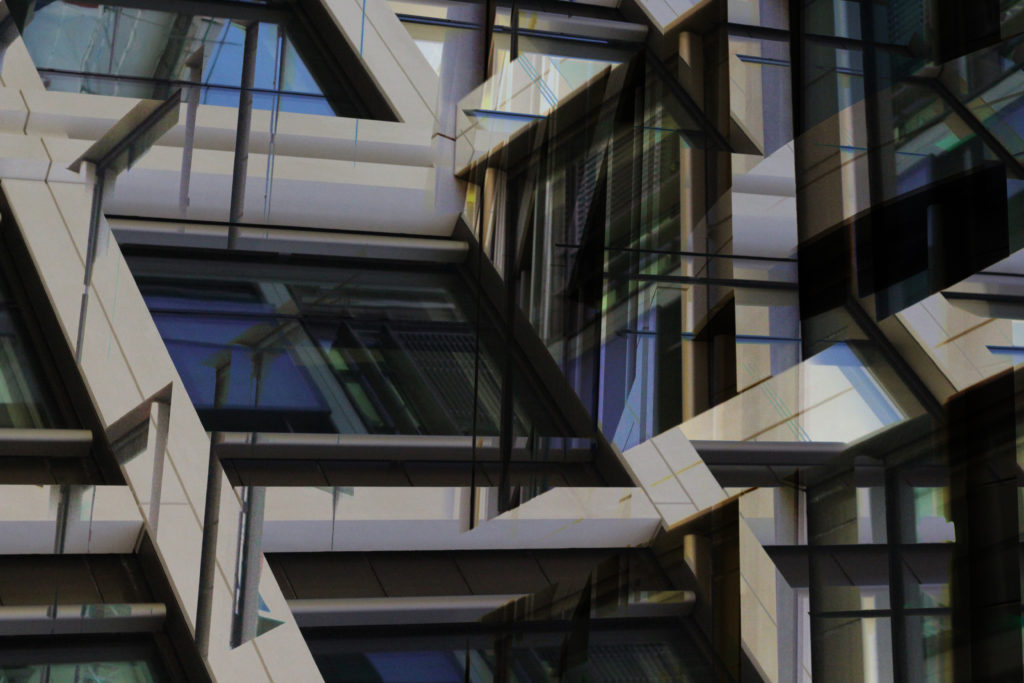
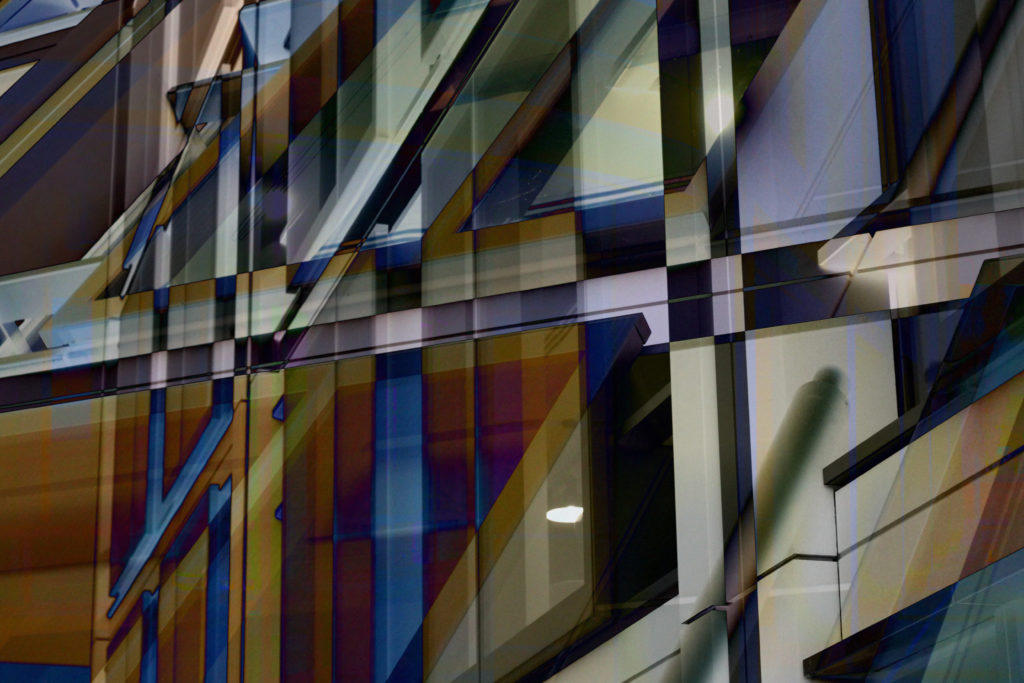
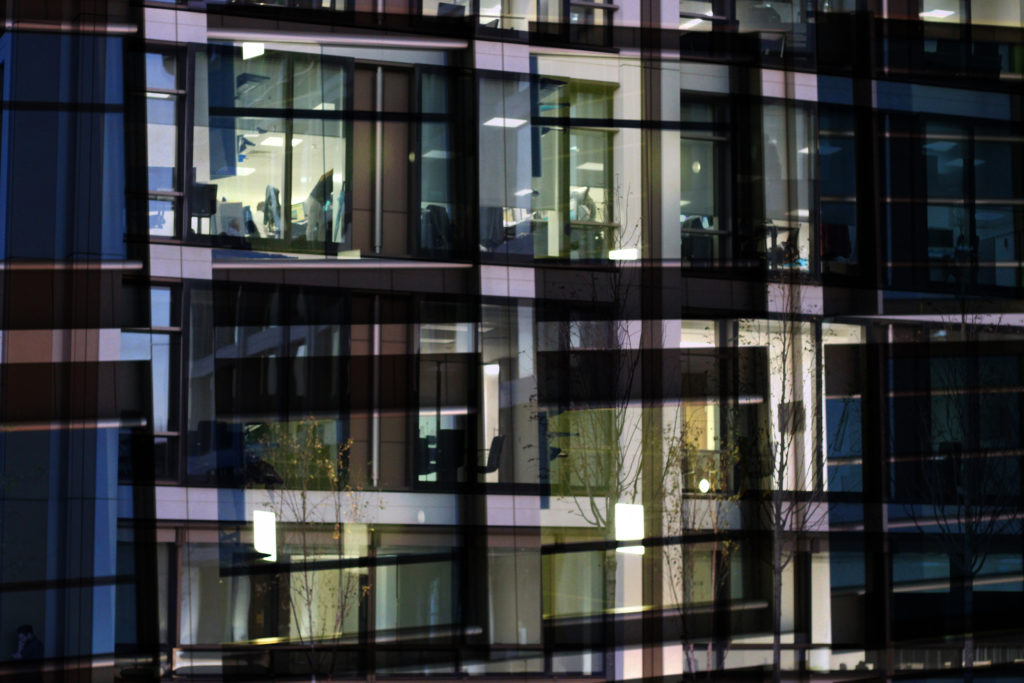
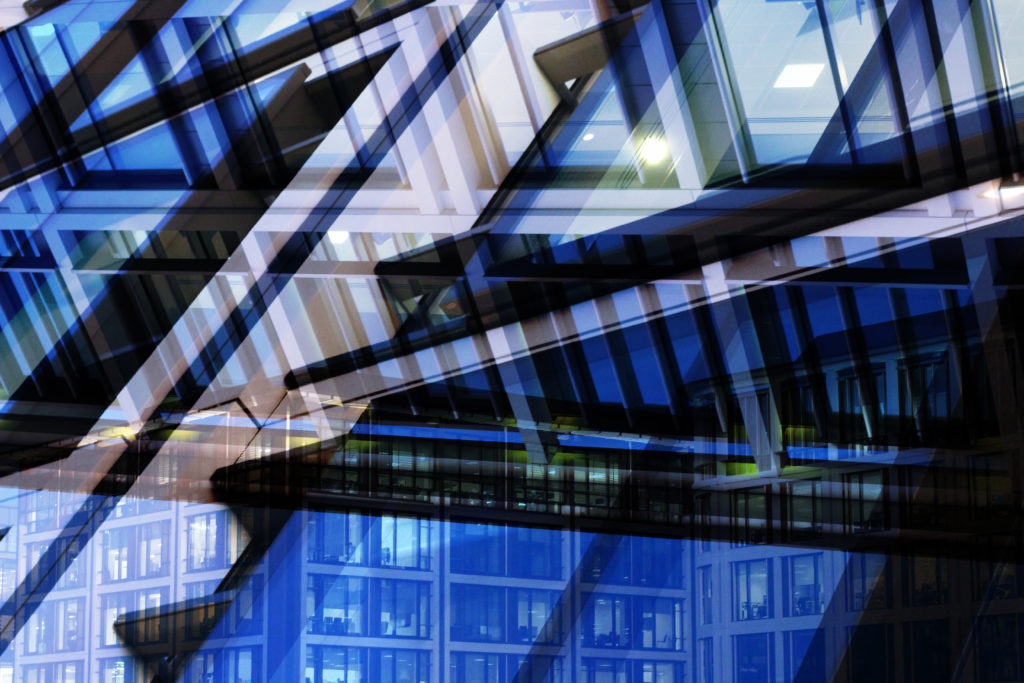
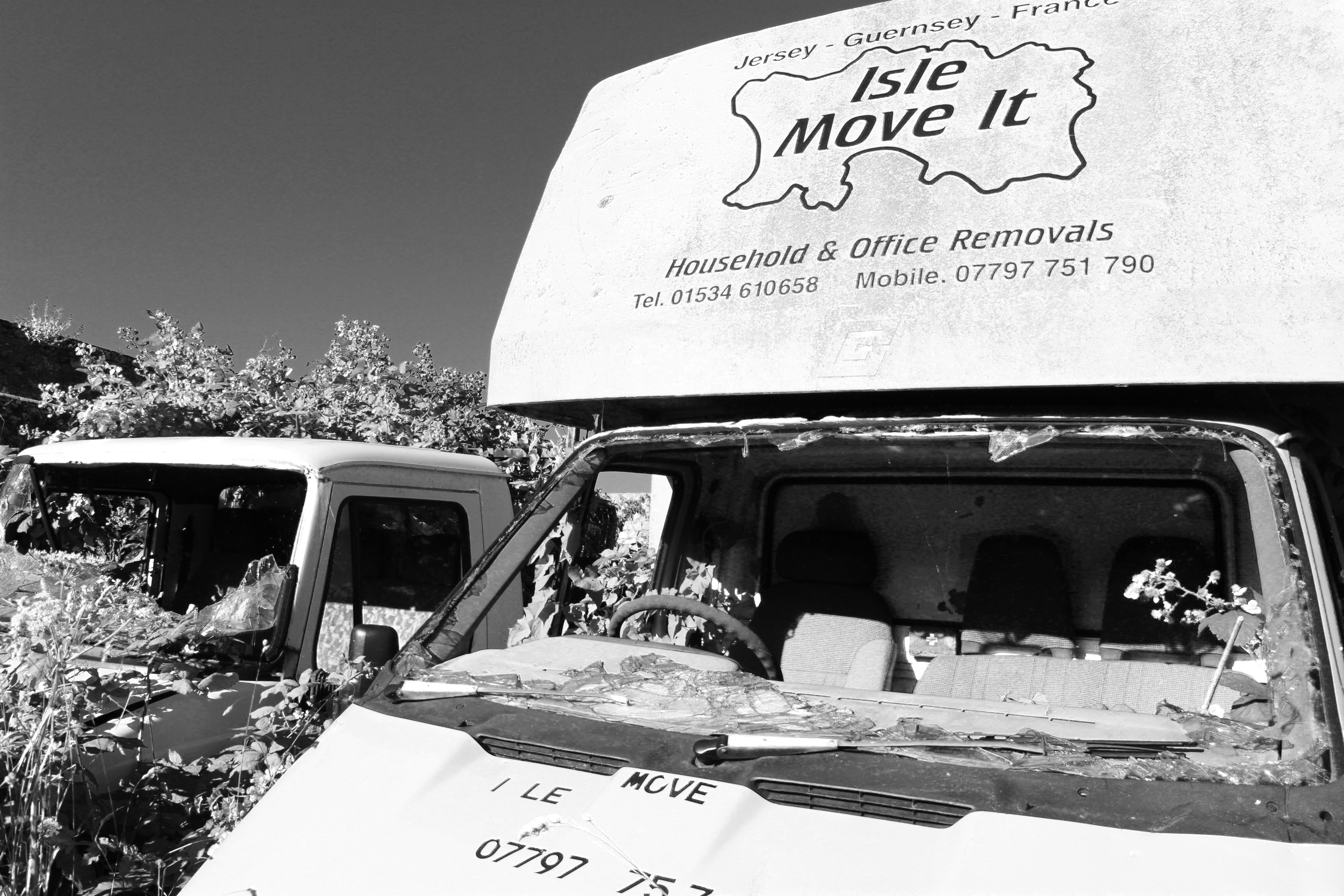
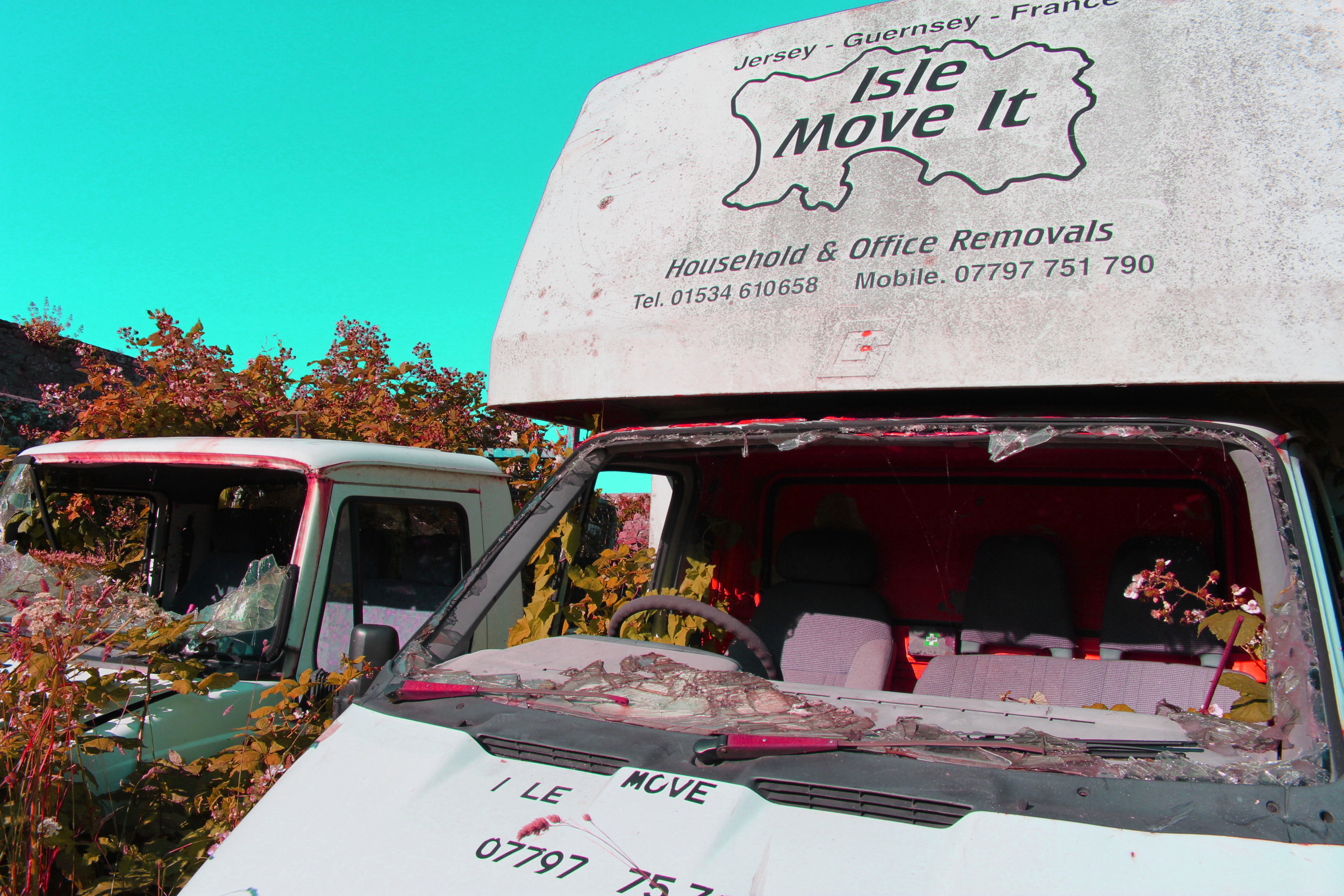
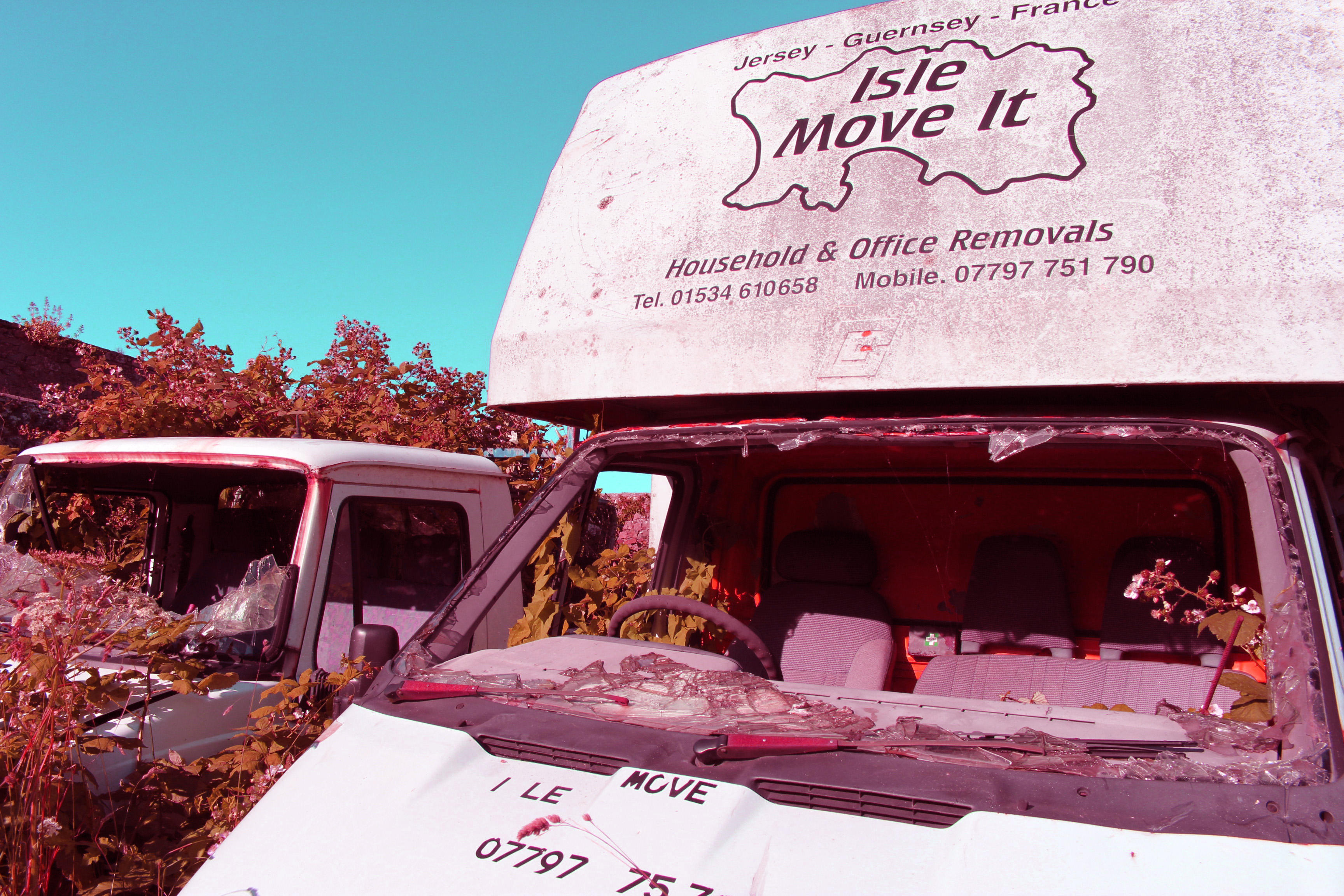
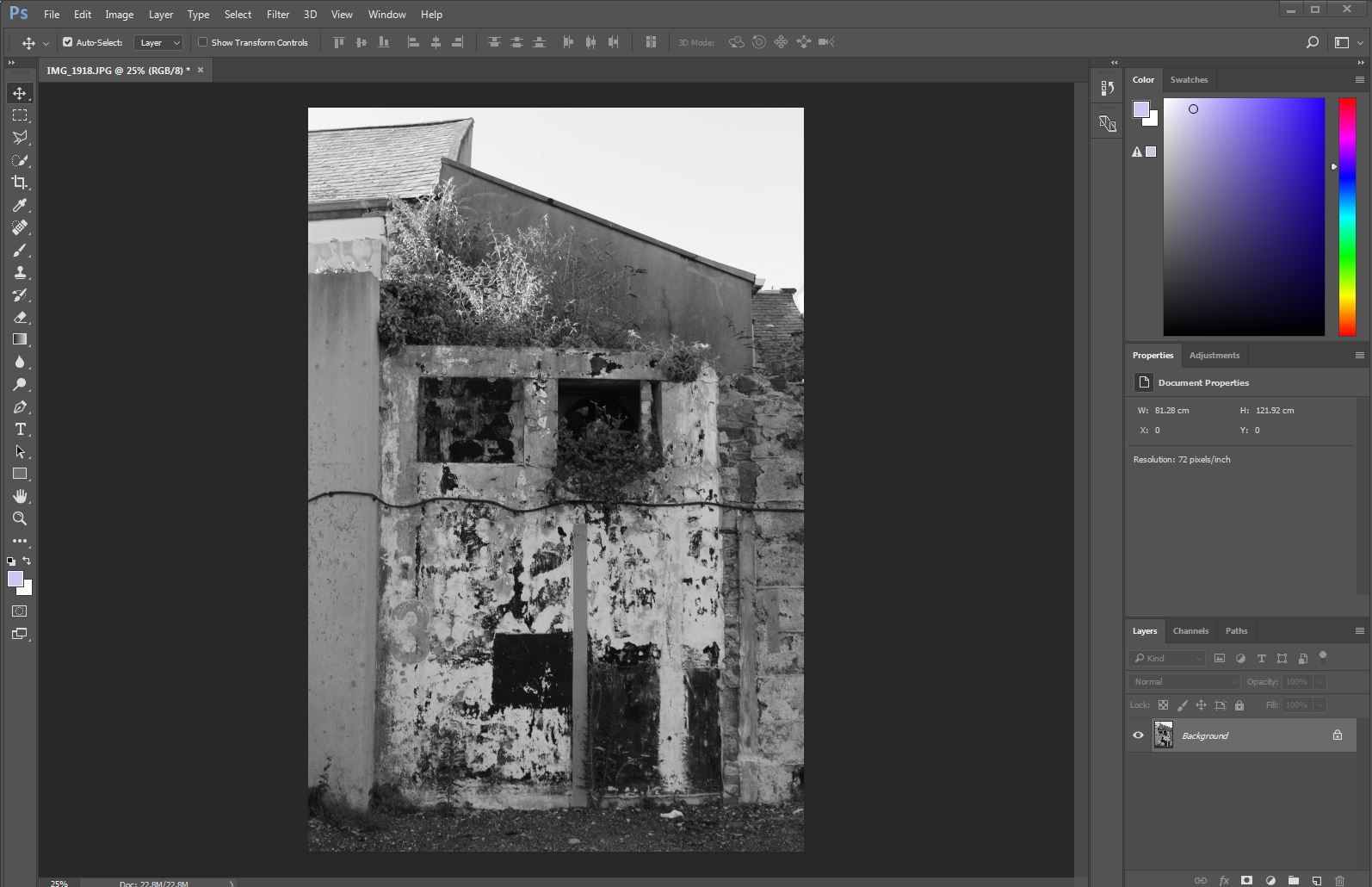
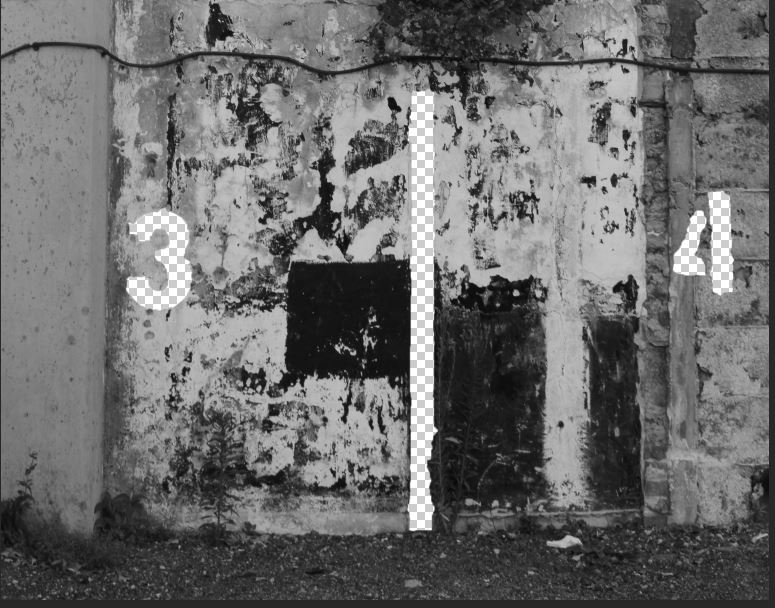

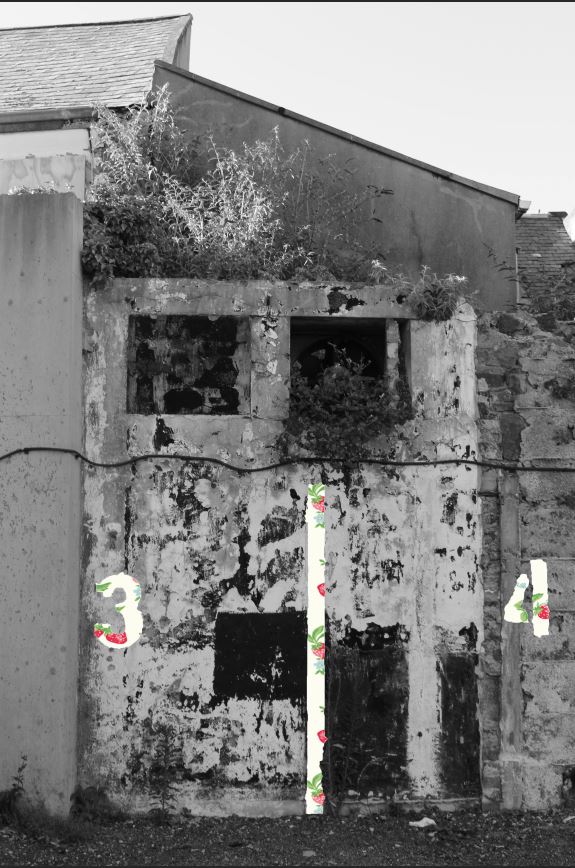










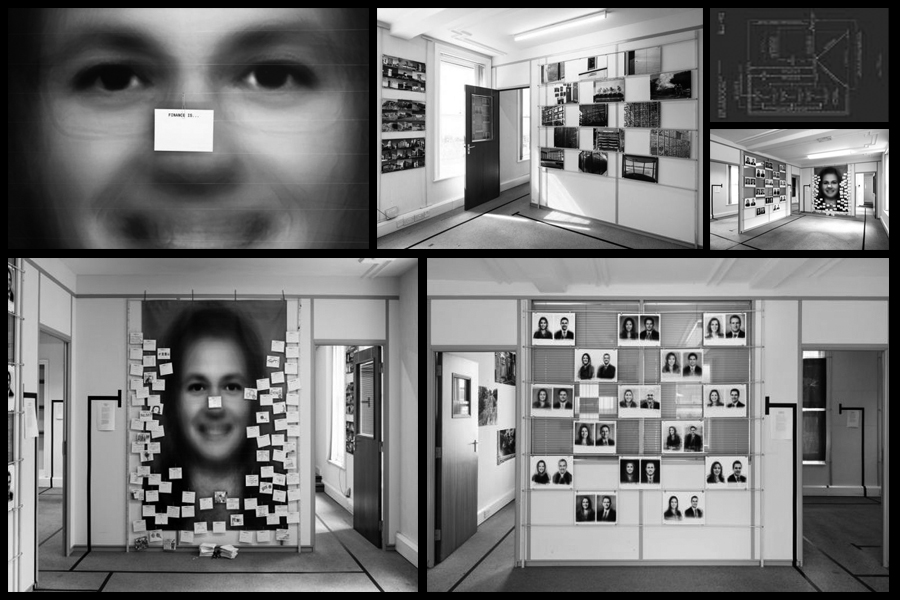 Within his article, Rule Breakers, Bush uses an idea of ‘eight rules’ to describe the rules and conventions of photography and how they are made to be broken. This was split into the seven sections of: The Rule of Objectivity, The Rule of Audience, The Rule of Manipulation, The Rule of Reality, The Rule of Technicality, The Rule of Ownership, The Rule of the Camera and The Rule of Rule Breaking. These are where I drew inspiration from regarding my previous shoot and research about The Rule of the Camera, where I created a photo-shoot and analysed the topic of conventions. However here I have decided to analyse one of the photographs taken by Lewis Bush to find what really create a political picture which breaks the rules of conventional photography. The image I chose for this is a photo from a series named Metropole which looked at how London’s new buildings show how the city is facing a terminal decline.
Within his article, Rule Breakers, Bush uses an idea of ‘eight rules’ to describe the rules and conventions of photography and how they are made to be broken. This was split into the seven sections of: The Rule of Objectivity, The Rule of Audience, The Rule of Manipulation, The Rule of Reality, The Rule of Technicality, The Rule of Ownership, The Rule of the Camera and The Rule of Rule Breaking. These are where I drew inspiration from regarding my previous shoot and research about The Rule of the Camera, where I created a photo-shoot and analysed the topic of conventions. However here I have decided to analyse one of the photographs taken by Lewis Bush to find what really create a political picture which breaks the rules of conventional photography. The image I chose for this is a photo from a series named Metropole which looked at how London’s new buildings show how the city is facing a terminal decline. 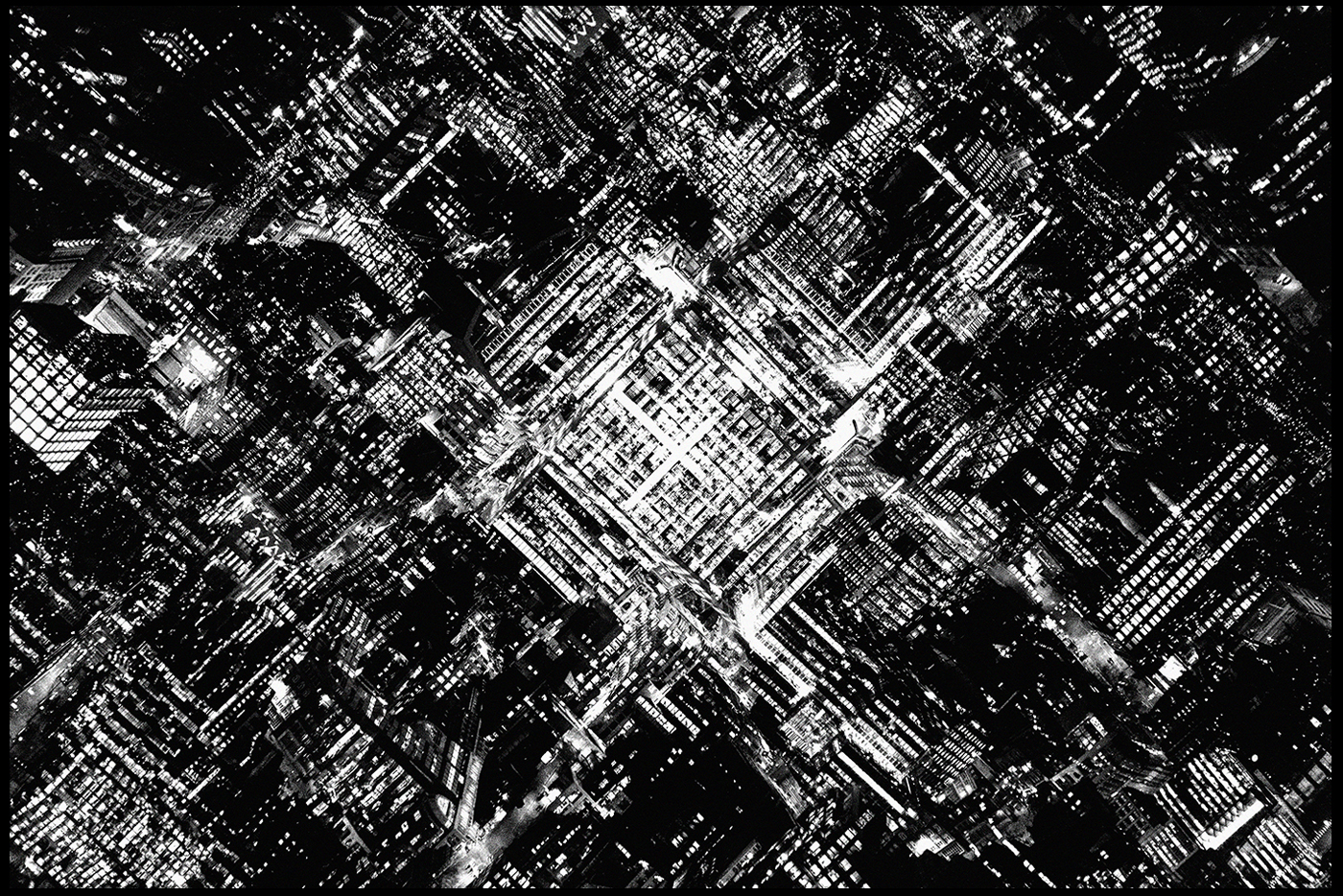 Technical: The image itself uses a threshold to create a purely black and white product which emphasizes any light present within the photo. By doing so this creates a more aesthetically pleasing result due to there now being a perfect mix of shade, with neither becoming too overpowering for the next. This is also complimented by the symmetry which the piece has been composed in, by placing the city square in the center of the piece it produces an insight into the design of that city and how it can almost be interpreted as pattern like in its layout. When taking the picture it looks like a low shutter speed was used in order to capture and illuminate any light present to the camera, this resultantly makes streams of light along roads, removing any presence of cars whatsoever.
Technical: The image itself uses a threshold to create a purely black and white product which emphasizes any light present within the photo. By doing so this creates a more aesthetically pleasing result due to there now being a perfect mix of shade, with neither becoming too overpowering for the next. This is also complimented by the symmetry which the piece has been composed in, by placing the city square in the center of the piece it produces an insight into the design of that city and how it can almost be interpreted as pattern like in its layout. When taking the picture it looks like a low shutter speed was used in order to capture and illuminate any light present to the camera, this resultantly makes streams of light along roads, removing any presence of cars whatsoever.